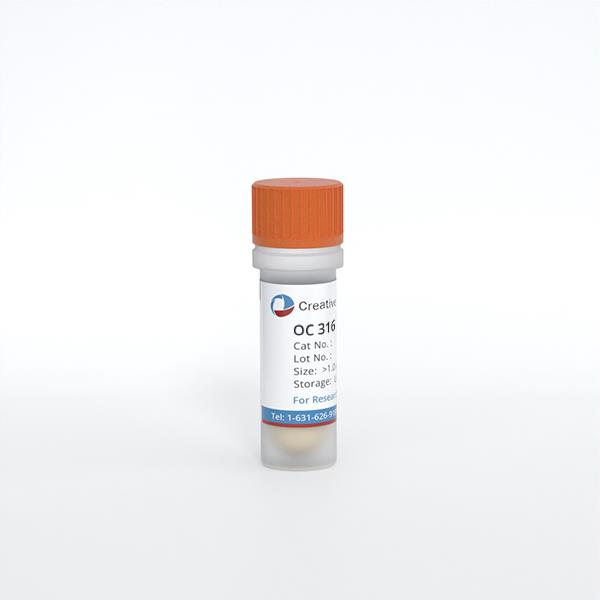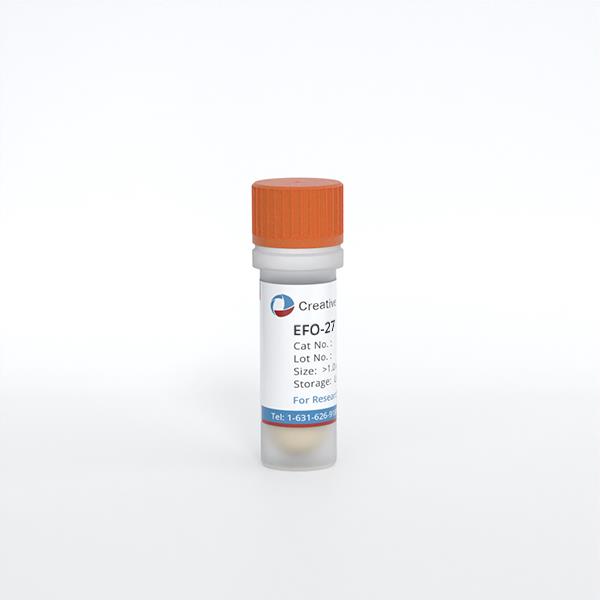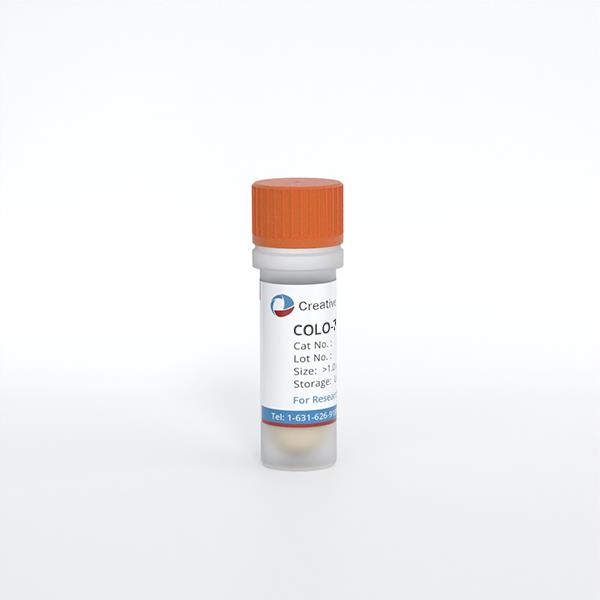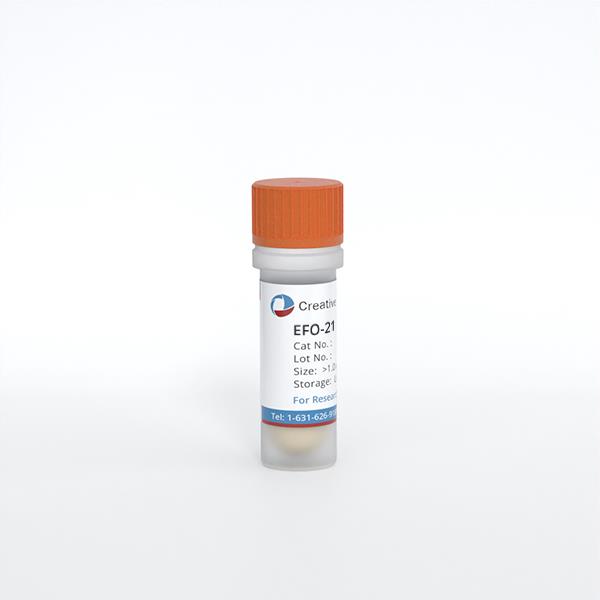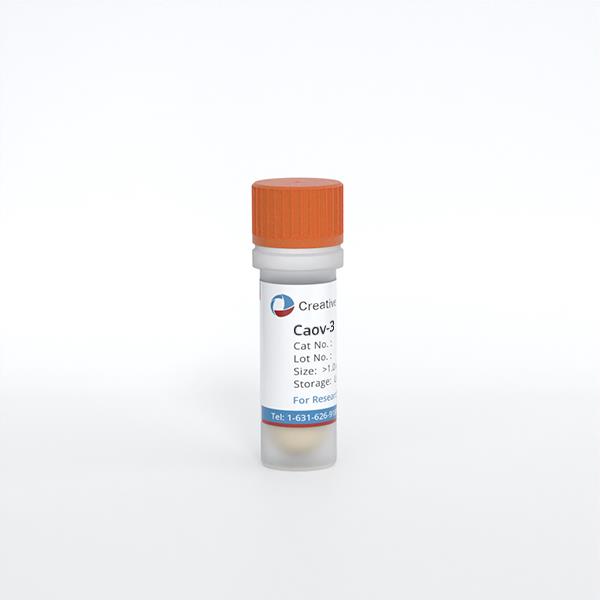Featured Products
Our Promise to You
Guaranteed product quality, expert customer support

ONLINE INQUIRY
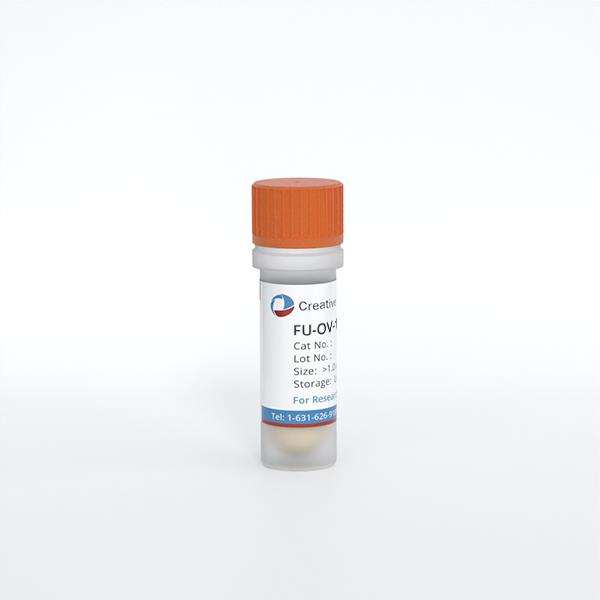
FU-OV-1
Cat.No.: CSC-C0477
Species: Human
Source: ovarian carcinoma
Morphology: epithelial-like adherent cells growing in monolayers
Culture Properties: monolayer
- Specification
- Q & A
- Customer Review
Immunology: cytokeratin +, cytokeratin-7 -, cytokeratin-8 +, cytokeratin-17 -, cytokeratin-18 +, cytokeratin-19 -, desmin -, endothel -, EpCAM +, GFAP -, neurofilament -,
Commonly used ovarian cancer disease models include cell culture models, animal models (such as mice), and patient-derived xenograft (PDX) models. Cell culture models involve growing ovarian cancer cells in the laboratory, whereas animal models use mice or other animals to mimic the disease.
Ask a Question
Average Rating: 4.0 | 1 Scientist has reviewed this product
Satisfied
I am very happy with the product I purchased. It might be worth exploring alternative freezing media or cryoprotectants to improve cell viability during the freezing and thawing process, thus enhancing the overall product quality.
23 July 2023
Ease of use
After sales services
Value for money
Write your own review
- You May Also Need

